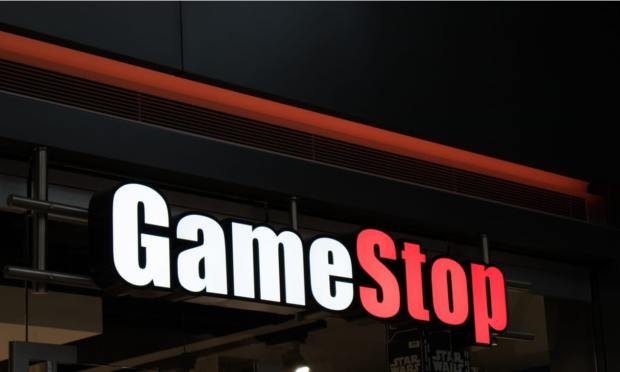Telos and GameStop Team to Bring Web3 Gaming Mainstream

The Telos Foundation has teamed with GameStop to help mainstream Web3-based gaming.
The collaboration lets the Telos blockchain access game distribution through GameStop Playr, the company’s planned Web3 game launcher, the Telos Foundation said in a Thursday (June 1) news release.
“This collaboration signifies a meaningful opportunity to expand the global GameFi ecosystem and bring Web3 gaming to mainstream users,” Telos said.
“The collaboration will enable users to enjoy Web3 games supported by Telos, which is a decentralized blockchain with proven scalability, affordability, low carbon footprint, and impressive lifetime track record of continuous uptime.”
With traditional gaming studios, publishers and distributors growing increasingly interested in Web3 technology, Telos says its partnership will help close the gap between “the conventional gaming community and the Web3 audience.”
Recent reporting here has examined the promise of a metaverse-like gaming experience. For example, gaming platform Roblox last month reported robust growth in daily engagement and sales of its Robux in-game currency for the first quarter.
Founder and CEO David Baszucki told analysts and investors on the company’s earnings call that daily active users (DAUs) rose 22% to “an all-time high of 66 million DAUs [daily active users].”
He added that in terms of time spent on the platform, “hours are up 23% year-on-year, once again an all-time high of 14.5 billion hours of engagement in Q1.”
Baszucki also noted that the “13-and-up segment is growing 31% year-on-year, which bodes very well for our future growth” as those players are expected to generate more game time and in-game spending in the coming quarters and years ahead.
Baszucki said the platform’s “Long-term mission is a billion users every day.”
For the metaverse to continue to enjoy this sort of growth, PYMNTS wrote earlier this year, there needs to be a “future-fit” payments infrastructure.
“The metaverse will fundamentally consolidate the various elements of daily life through a vast system of interconnected networks, combining real world and virtual occasions into a comprehensive digital landscape that enables interactive, immersive, and social experiences across 3D web spaces,” that report said.
The key to spanning the gap between physical and emergent digital worlds, as well as the answer to linking metaverse platforms, is the creation of a functional, flexible, and agile payments architecture.
That’s according to research from PYMNTS’ January 2023 playbook, “Enter the Metaverse: The Next Frontier of Digital Commerce,” which looks at how innovators are using payments to capitalize on the metaverse opportunity.
“Just as in-game purchases transformed the gaming industry, virtual transaction capabilities will define the broader use cases of the metaverse as well establish it as a lucrative new medium for generating revenue,” PYMNTS wrote.

